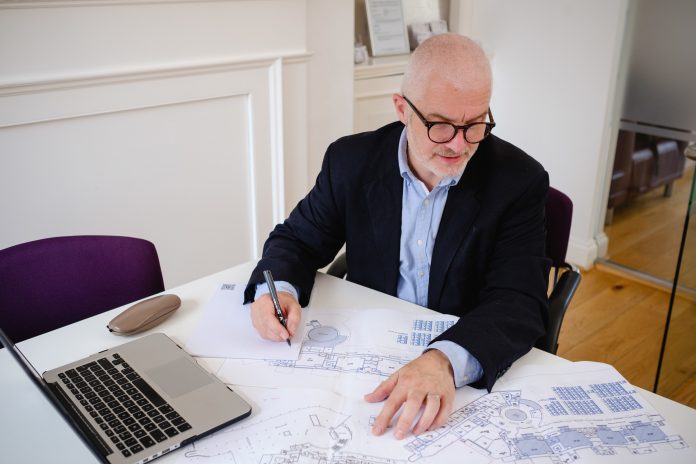
Ian Streets, managing director of About Access, explores the parallels which apply in developing accessible premises, products and services
When it comes to accessibility, there’s no such thing as one size fits all but there are certain scenarios that consistently present challenges whatever the environment, and there are also remedies that can alleviate or even eliminate the problems.
One constant that applies across the spectrum is the benefit of approaching accessibility with an open mind, and with the appreciation that people are different, and so are the businesses and organisations they visit, patronise and work for.
Those differences are what we are aiming to identify and address in one of our current projects. Working with Rick Williams of Freeney Williams – one of Europe’s leading disability and diversity consultancies – we’re producing definitive guides for clients operating in a variety of sectors to show how they can make their premises, products and services more accessible.
Our approach is unique, based on years of successful experience and broad enough for clients to apply when trying to help people in a wide range of roles, an assortment of buildings and even different territories and regulatory regimes in the global marketplace.
It is based on understanding that wherever they are in the world, what disabled people want are the same opportunities as non-disabled people.
We are working with clients who operate internationally in pharma, retail, financial media and more and who want to standardise accessibility globally across their estates.
How can you create an accessible premises?
The locations we’re looking at include offices, retail outlets, manufacturing facilities and hospitality centres. For all of them, we provide information on how to make the things people need accessible and we also educate the clients about accessibility to help them build sustainability into their organisation.
Our input encourages clients to visualise an end-to-end journey through their premises, starting before visitors have even arrived by providing them with information about what sort of measures and features are in place to make the site accessible and by finding out about any additional requirements. The journey finishes by considering emergency evacuation which, of course, is unlikely to happen but is essential to address.
The welcome on arrival is important and should include information about how to move around the property and use the facilities. That should definitely include indicating the locations of the accessible loos and, depending on the nature and duration of the visit, it may involve directing people to catering and leisure areas. It should certainly cover the provision of information about emergency evacuation procedures.
We offer “how-to” diagrams showing how such features as reception desks, stairs, doors and loos should be designed and installed to contribute towards making a place accessible.
In a best practice environment, we would hope to see step-free access, automatic sliding doors and acoustic loop systems at service points. We would expect to hear clear, concise and precise voice announcements in lifts.
After that it’s back to sustainability – by inviting feedback whether written, verbal or follow-up email, the business is better placed to review and update its accessibility features and to move with the times towards the “business-as-usual” inclusion of accessibility into thinking and delivery.
Delivering a flexible & accessible premises
A key point in all of this is developing a shared understanding of the broad range of functions which, when not working effectively for a person, might lead to challenges in accessing services. And in anticipating problems with physical functions, mental health, sensory issues, neurodifference and learning difficulties, it’s important to recognise that they can affect different people in different ways.
The unpredictability which can result means that planned, fixed solutions will not always be appropriate. Sometimes a person will have an access requirement that can only be met by an adjustment provided by a member of staff in the shop, restaurant, leisure centre or wherever. Accordingly, staff need to be able to provide assistance confidently and with professionalism.
It’s always worth reminding businesses why we do this. For a start, there’s legislation – businesses don’t want to end up facing a discrimination claim and the costs which come with that.
And then there are the commercial opportunities which can be lost. In the UK, there are estimated to be 14m people who have a disability. One in four families has a member who is disabled and the spending power of disabled people and their companions is worth £274bn.
75% of disabled people have shunned a business because of poor accessibility
Figures from Purple Tuesday, the organisation which measures the potential contribution of disabled people to the UK economy, show that 75% of disabled people and their family and friends have shunned a business because of poor accessibility or customer service.
Nor can you easily sidestep your responsibilities by selling online. The Click-Away Pound Survey in 2019 reported that more than four million people abandoned a retail website because of the barriers they found, and they took with them business worth £17.1bn.
Our approach is showing businesses how to achieve a consistently high standard of accessibility across their operations, demonstrating a commitment to diversity and inclusion and potentially securing the sort of returns which will silence any doubters.
Ian Streets
Managing Director
Tel 01482 651101
Please note: This is a commercial profile













